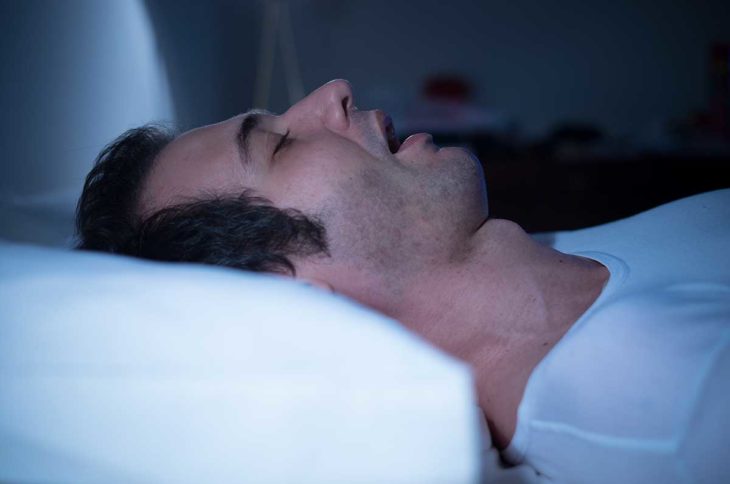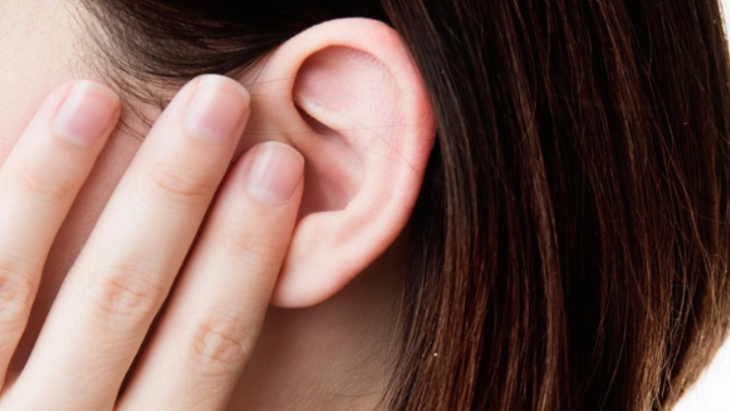If you’re familiar with the medical specialty otorhinolaryngology, or otolaryngology, you’re probably a medical expert or you’ve experienced several complications with your ear, nose or throat. Otorhinolaryngologists or otolaryngologists are usually known as ENT specialists – doctors who have specialized in ear, nose and throat problems. With so many different ENT problems and an even greater variety of characteristic symptoms, these skilled physicians offer medical as well as surgical services for both children and adults with ENT diseases and disorders. In this write-up, Auris Ear Care highlights 4 of the most common ENT complications that you should worry about. It’s okay to discuss these concerns openly with your doctor and/or your health insurance provider and in the case of conditions like this, that may include working with a specialist.
Strep Throat

Source: clevelandclinic
Strep is actually an abbreviation for a group of bacteria known as Streptococci. Consequently, Strep throat is a condition whereby the throat and the nearby structures get infected with the Streptococci group of bacteria. Although strep throat is quite common, numerous other throat infections may present similar symptoms. Symptoms are normally sudden in the early stages including:
- Difficulty swallowing
- Sore throat
- Enlarged lymph nodes
- Enlarged tonsils
- Fever
- White patches on the back of the throat or the tonsils
- Fatigue
- Body aches
Some symptoms that are particularly absent in strep throat are coughing and runny nose. In case you’ve been exposed to a person with strep throat in the past two weeks, you may also suspect this infection. Children aged between five and fifteen are often at the greatest risk. Additionally, the risk of getting a strep infection is greater during winter. Lastly, strep throat should be diagnosed through a throat culture by a qualified ENT specialist to confirm if it’s a streptococcal infection or it’s a different viral or bacterial infection.If the strep throat is severe enough to warrant the call to an emergency doctor, ENT mobile doctors are always available to try to get those strep throaters the care they need and deserve.
Sleep Apnea

Source: uhhospitals
The medical term referring to stop breathing is apnea. Sleep apnea refers to a disorder that causes a person to stop breathing for short periods while sleeping. The cause can vary from one person to the next but is more common in older adults.
Sleep apnea results in a loss of oxygen to the brain as well as frequent wakefulness It usually presents symptoms such as:
- Frequent interruption of sleep at night
- Feeling fatigued in the morning
- Mood swings
- Daytime drowsiness
- Depression
- Sore or dry throat when waking up
- Morning headaches
Besides these symptoms, most people with sleep apnea have probably been told by a family member or spouse that they snore, choke, gasp, and even stop breathing for a while when sleeping. Individuals that are overweight, those who take sedatives at bedtime, or those with enlarged tonsils are more prone to having sleep apnea.
It is believed that sleep apnea develops when a person with an altered sleep-wake cycle eats too many sweet, high-calorie foods. What is important is to recognize the signs and symptoms that a person has sleep apnea, get them evaluated by your doctor, and treat them as soon as possible. You can read more about the link between sleep apnea and your weight here.
The condition occurs in 4% of middle-aged men and 2% of middle-aged women, especially those who are obese. Sleep apnea can lead to potentially grave health problems if left untreated. It can cause:
- Hypertension
- Coronary heart disease
- Heart failure
- Stroke
Ear Infections

Source: quora
Some of the most prevalent ENT complications are related to ear infections. They occur when germs or dirt gets trapped inside the inner ear. The Eustachian tube is a small canal that starts off in the ear and drains into the back of the throat. It usually blocks unwanted dirt and germs out. In case this tube becomes too small or blocked by mucus and fluid, bacteria or other microbes can find their way into the ear and cause infections.
Common symptoms of an ear infection are:
- Pressure and pain
- Loss of balance
- Problems with hearing
- Fluid discharge
- Fever
- Skin redness, tenderness, swelling or irritation
- Signs and symptoms of a fungal ear infection include:
- Yellow, dry, scaly or peeling skin
- Cough
Note: Fungal infections are one of the most common skin infections in the U.K., with approximately one in three adults and children in the U.K. having one in a given year. Areas affected by fungal infections are susceptible to its effects and lesions that develop can be easily mistaken for other types of skin infections. It can be hard to distinguish between an ear infection and an underlying skin disease.
Nausea and vomiting

Source: medicalnewstoday
Ear infections tend to be more widespread in children than adults and they are the most common form of infection in toddlers and infants. In case a young child gets an ear infection, it can be hard to detect. Some telltale signs in toddlers and infants are:
- Tugging or pulling on the ears
- Failure to respond to their name or startle at loud noise
- Drinking or eating abnormally
- Increased fussiness, particularly at bedtime
Sinusitis

Source: medicalnewstoday
Sinusitis is a condition that occurs when germs get into the four hollow recesses of the skull surrounding the nose and eyes. The infection can become trapped and cause inflammation, leading to pressure and pain. Acute sinusitis is normally accompanied by the common cold, so most people may experience it during winter. On the other hand, chronic sinusitis can occur due to a chronic condition like bronchial asthma or an untreated allergy. The symptoms may last for over 12 weeks and include:
- Congestion
- Nasal discharge
- Fever
- Headache
- Fatigue
- Cough
- Toothache, especially the molars
In summary, most people will have one or more of these conditions at a certain point in their lifetime. Discussing with your physician about the symptoms can help to come up with an accurate diagnosis of the ENT disorder that might be troubling you.
